|
After a devastating year for international travel in 2020, there are promising signs for a return to exploration and adventure in 2021. Nations across the globe have begun mass vaccination campaigns with hopes of mitigating and eventually eliminating COVID-19. In the U.S especially, vaccination efforts are quickly ramping up, with plans to inoculate every American by August as the number of cases, deaths and hospitalizations continue to decrease each day.
A not-so-insignificant part of these efforts will be to create safe and healthy travel experiences for international tourists. Since late December, Delta and Alitalia have been offering “Covid-free” flights from Atlanta to Rome, allowing visitors to bypass quarantine upon arrival in Italy. With the addition of coordinated vaccine or testing programs like this, we’re very optimistic that European borders will open to American visitors by summertime. While we hope international travel will be completely secure in the latter half of the year, there will surely be some lingering Covid concerns among travelers. After more than a year of social distancing, mask wearing, and plenty of self-isolation, we’ll all want to feel safe and comfortable as we explore new places and share new experiences abroad. That being said, our criteria for selecting the best destinations and travel experiences are, (1) Outdoor experiences and natural beauty, (2) Effective local health and safety protocols, and of course (3) Low (or no) infection rates. With these factors in mind, we’ve crafted a list of our top eight destinations for 2021.
0 Comments
In the hour before sunset, the rice fields are magic. The golden light bounces off each long blade of grass, creating the illusion of soft waves in an emerald green ocean. Dragonflies swoop dramatically as farmers tilt their nón lá (leaf hats) off their head, no longer needing the shelter from the sun. Just five minutes away, the delightful chaos of Vietnamese motorbikes weave through ancient streets past vine-covered yellow buildings. The traditional market, alive with towering piles of fresh herbs, baskets of live crabs, bricks of white tofu and mounds of fresh noodles, flanks the side of the Thu Bồn River. It’s not difficult to fall in love here.
For many of us, coffee is more than just a drink. It's the life blood that wakes us up, gives us the energy to get dressed in the morning, and make it to work each day. Without it, our mornings (and afternoons) would be a lot slower, our minds a lot foggier, and our ideas, probably, a lot duller. Let's face it, coffee is the best drug of all. It's legal, does magical things, and is fully maintainable on a daily, or even twice daily (3x?) level.
So if you're a coffee aficionado like we are and you'd like to experience the way the rest of the world consumes this incredible drink, then read on. See how local cultures, climate, and economies impact the world's best brews and get inspired to get out there and experience it for yourself! At the beginning of each year, we sit down together and start planning our travels for the next 12 months. It's become somewhat of a ritual for us - discussing our trips from the previous year, dreaming up vacations for the year to come, and deciding how exactly we'll make these adventures happen.
Do you ever fall in love with a place then, when it comes to planning your next trip, struggle with the decision of returning or exploring somewhere new? This is a constant conversation in our house. We always want to explore the world and experience new cultures, but then there are those memories - sharing a bottle of red wine on warm stone steps overlooking ancient Rome; jumping off a 20-foot cliff into the clear water and swimming to the next cove to do it all over again; hiking along the narrow ridge of a volcanic crater surrounded by wild hydrangeas with the ocean on one side and a lake on the other - that we just want to go back and do all over again.
After nearly three months of traveling across Southeast Asia, it’s time to wrap things up. We’ve traveled through 4 countries, 23 cities, slept in an endless number of hotel/guesthouse/homestay beds (26 to be exact) and have taken 10 flights, 8 bus rides, 6 ferries, 1 train ride, and a seemingly endless motorbike ride. We’ve covered a lot of miles and had some awesome and not-so-awesome moments along the way. Here’s a list of the best, and most forgettable, moments from our 79 days in Vietnam, Cambodia, Indonesia, and Thailand (in no particular order).
The best moments in Southeast Asia
The most forgettable moments in Southeast Asia
So, obviously there are quite a few things about Southeast Asia we won’t miss. Some examples, you ask? Well, we definitely won’t miss constantly smelling like 100% Deet bug spray in a desperate attempt to avoid malaria and dengue fever. We won’t miss all-in-one bathroom/showers. We won’t miss the (pardon our French) shitty roads and ridiculously long bus rides, or having to buy bottled water everywhere. We also won’t miss the bland, monotonous Asian lagers and pilsners, the presence of very large rats and poisonous SNAKES, and least of all, super sketchy ferry rides. But there’s plenty more parts of Asia that we will truly miss. First and foremost, the food! It’s delicious, accessible, and super cheap. The way these countries balance flavors, especially hot and cold, spicy and sweet, is unbelievable. It’s difficult to find authentic food of this quality in the United States. Southeast Asia is also a really, really beautiful part of the world where natural wonders seem to pop up out of nowhere. Ha Long Bay, Vietnam, the mountains of Northeast Thailand, Koh Phi Phi, and Ubud, Indonesia are just a few of the truly amazing places we will never forget. We’ll also miss the people, who so often were incredibly gracious, humble, and welcoming to us. We made some great friends along the way that we’ll stay in touch with for a very long time. We’ll miss our favorite snacks, like green tea Cornetto ice cream cones, Paddle Pop popsicles, Milka Crackers and banana chips. We’ll miss the motorbikes that are EVERYWHERE in SE Asia, sometimes with entire families (up to 5 or 6 people) all riding together. We’ll miss Buddhism, Hinduism, and the beautiful temples that dot the tropical landscapes across these countries. We’ll miss 50 cent bottles of beer, Vietnamese coffee, Indonesian Arak, one dollar smoothies, and fresh fruit (mangoes, coconuts, passion fruit and apple bananas) everywhere. We stayed in some very beautiful hotels and homestays for very little money, which we’ll definitely miss. But most of all, we’ll miss the feeling of freedom; of being unattached to the pressures and stress of the western world. Life exists in a different way there, with a stronger connection to the very simple, but very important, parts of life. There’s such beauty in this simplicity, which is found everywhere in Southeast Asia. This way of living, unattached to the western version of “success” and grounded in family and tradition, is something we won’t only miss, we’ll do our best to take home with us. Traveling to places less popular among tourists and backpackers has its benefits. Can Tho, the largest city in the south of the Mekong Delta, is not a stop on the Saigon day tour route. This means low prices and a more realistic glimpse of everyday life. A city of over a million people, it is an agricultural mecca, the natural waterways and lush soil providing the perfect recipe for produce. We've had the chance to try Vietnam's fresh fruit and vegetables along our journey, including many types of juice (everything from carrot to dragon fruit to passion fruit) and "fruit shakes" (aka smoothies, think mango and papaya, as well as adventurous options like avocado and tomato). We've sampled nearly every flavor. Most are very good, but many still miss the mark. Then, just as we're about to leave Vietnam, on our last stop, we find the perfect smoothie.
Cafe XAY is a non-descript, blink-and-you'll-miss-it cafe offering a couple local dishes, coffee drinks, and Vietnam's best smoothies. Small potted plants hang in the entrance and white bistro tables with "Ristorante" written in red cursive make up the open-air seating. Blended scoops of papaya and ice create a smoothie of the perfect consistency. The strawberry smoothie includes ice, yogurt and strawberries, complete with flecks of green (proof of a fresh strawberry base). And the best part? Each smoothie is about 75 cents. Daily mid morning Can Tho snack... check.
Raindrops barrage the water’s surface as our small boat rocks from side to side. Our Captain, a local Vietnamese man who we’ve paid $25 to guide us through the famous Cai Rang floating markets, desperately yanks the pull cord on the Honda motor but it continues to putter. A good 500 feet of murky brown water separates us from either side of the shoreline. We glance at one another, acknowledging that this is actually happening. We're stranded on a tiny wooden boat in the middle of the Song Hau River... in a monsoon.
Five hours earlier, the little vessel is successfully chugging along up the river, passing riverfront homes on stilts and boats carrying everything from fish to produce to motorbikes. Cai Rang is the largest floating market in the Mekong Delta, where locals from the surrounding web of rivers sell goods and produce, easily identified by the samples hanging atop poles on their boats. All of them stacked top to bottom with every fruit, vegetable and variety of fresh water seafood imaginable. Kids lay on the top deck, quietly eating pho as their normal morning routine plays out. The engine cut, our boat snakes through the market, quiet observers in everyday life.
A sharp turn off the main river narrows into a neighborhood of "side streets," or waterways, that twist through fruit orchards and around homes.
We stop at a small farm where jackfruits grow on the trunks of trees and happy fish perform aquaculture. The sun is still shining after an hour spent laying side by side in hammocks and sipping coconuts and mango juice (while our captain kicks it in a nearby hammock, opting for the 10am beer instead).
We're reaching the end of a seemingly perfect day as we embark on our two hour trip back to the pier. In true monsoon fashion, the rain makes a surprise attack. Within seconds of us saying "it's sprinkling," sheets of rain fall from the sky. Our captain struggles against the wind and rain to hoist up the small boat cover, tossing his jacket to us for added protection. The pounding rain combined with the river current and the wake of large passing boats result in a bumpy ride as we calculate the remaining hour or so back to Can Tho. We're the only small boat that is braving the storm on the wide river.
Just as we're nervously laughing, adventurous attitudes in full force, the engine dies. The captain manages to turn it over a couple of times and we momentarily celebrate, only for it to die again. Drifting down the river, rain pouring down, we finally reach a small dock where a friend/mechanic with a wrench and screwdriver in hand works on the wavering motor. It takes 45 minutes, a couple of false starts and a lot of Vietnamese banter, but it finally turns over and we're heading home.
Having weathered the storm we arrive back in Can Tho, say goodbye to the captain, and hope that our tip will contribute to a new motor for the next couple that braves the Mekong on the brink of rainy season in Vietnam.
One of the best gifts of traveling is that of perspective. At home, in our modern, democratic and economically stable society, we still somehow struggle with inequality and extreme income disparity. Yet standing here, on the corner of a crowded Hanoi street, watching hordes of female street vendors try desperately to sell goods, it’s impossible not to have that word creep into your mind. Perspective. The most striking thing we’ve noticed about women in Vietnam is their strength. Whether speeding past on a motorbike or grilling meat at a roadside stand, they exude a silent, yet incredible, confidence. Maybe it’s because they’ve been through so much, tragically lost so many loved ones, so many sons and husbands gone following the still recent war. We’re sitting in a small room in the Vietnamese Women’s Museum, surrounded by portraits of the Heroic Mothers of Vietnam. This title was given by the National Assembly to over 50,000 women, all of whom had lost more than two children, their only child, their husband and child, or their own life, during the war. In the center of the room, sits the Chally scooter ridden by artist Dang Ai Viet, who traveled more than 35 thousand kilometers across the country to paint many of the women. All stories of incredible resolve, through incomparable tragedy and loss. Later, at a nearby coffee shop, we talk about what it means to travel responsibly; to give back to the place we visit. We’ve purposefully been staying in locally-owned homestays and hotels, buying food and products made in Vietnam, and have sought out local shops to ensure what we spend goes back to the communities we visit. But with our newly gained knowledge of the struggle that many Vietnamese women face to support their families, it doesn't feel like enough. There’s no simple answer. No true or false questions, no multiple choice. This is an essay question that has to be answered thoughtfully and thoroughly, with details and examples. Part of this trip, this website, is about finding those details, providing those examples, sharing the information and continuing to look for opportunities to help. In another room of the quiet museum, a small screen loops a 5 minute film, documenting the lives of street vendors near Hanoi. In Vietnamese society, men traditionally stay home to run the farm, or small plot of land, and watch over the children. They earn extremely little money doing this, forcing wives and mothers to move to the city and earn the money necessary for their families to survive. These women typically live together in a dorm-like apartment, as many as 10 to a room. They wake at 4am for the market and work throughout the day, often until 7pm, in hopes they'll make enough to return home every two weeks with $20.
We sit in silence, moved and saddened. We’ve been approached by street vendors throughout our time in Vietnam and nearly all have been women; persistently trying to sell everything from donuts to banh mi, clothing to conical hats. Now we’re itching to get outside and hand over a $20 bill to the first vendor we see so she can go home to her family.
Made up of nearly 2,000 islets within 1,500 square kilometers, this UNESCO World Heritage Site is just a few hours drive from Hanoi. The islets, a product of 20 million years of formation (the limestone itself, 500 million years in the making) from the wet, tropical climate. In Vietnamese, Ha Long means descending dragon, perhaps from a recent flight from Hanoi; it's meaning, ascending dragon. While there are various local legends describing how the bay came to be, its history is legend enough, as people have lived here dating back to 16,000 BC.
It’s the quiet that stands out more than anything. The stillness of the water and lack of wind, or really any weather at all. Once the clouds part and the sun casts its light on the steep limestone cliffs covered in green, the realization that this is not a dream starts to sink in. Images of Ha Long Bay have floated through our minds for years, drifting through the scattered islands in a place we likely couldn’t point to on a map. Always half a world away, but now we’re here.
Atop the roof deck of our 14 room imperial junk boat, we stand staring, jaws dropped, at the sheer beauty of this place. Within an hour we’re anchored in the central part of the bay, preparing to kayak through a floating fishing village, seemingly in the middle of nowhere. Rowing slowly, praying for a way to truly stop time and hold this moment forever, we flow through the gray and green karsts. Hawks float in the sky above as we pass pearl farms, a few small huts on the islets, and caves to the larger bay around us. Soon we’re diving off the boat and floating in the bay, eyes closed, the moment burying itself deep in our minds.
Daylight fades and the sun sets magnificently behind an assortment of cliffs as we push further into the bay. By midnight we’re enveloped by darkness, drinking beers and playing cards with new friends from all over the world.
It’s hard to describe the sensation of hopes or dreams being fulfilled. Very often, we build expectations that can never be met. But not here. Here, every promise is met. Each sudden cliff, a moment permanently engraved in our memory. |
Cohica TravelA travel design agency. Categories
All
Archives
October 2023
Follow us on Instagram @CohicaTravel
|

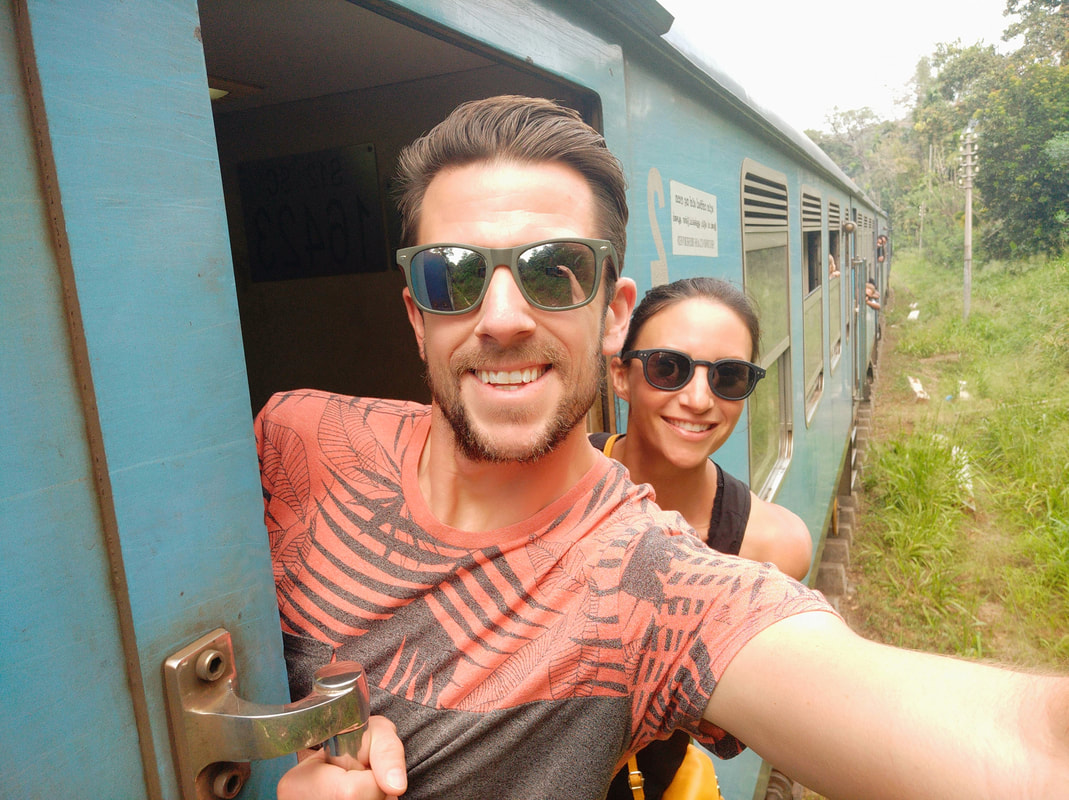
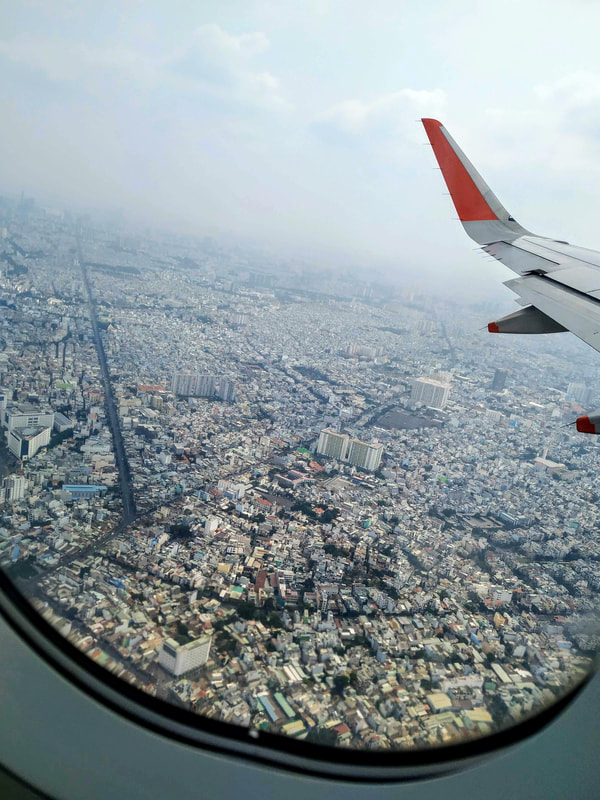
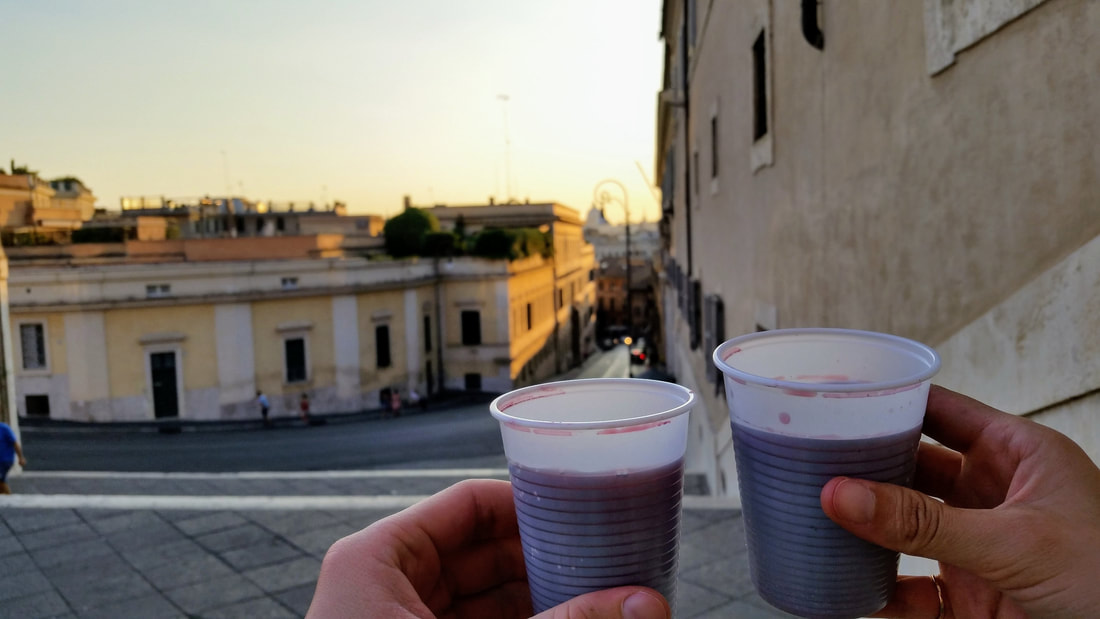
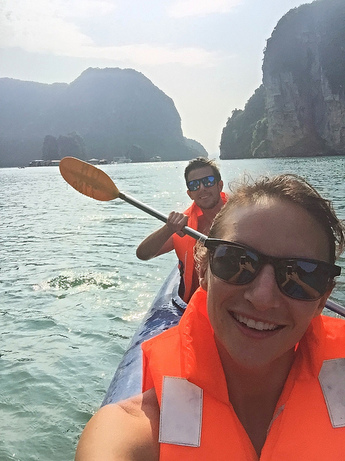
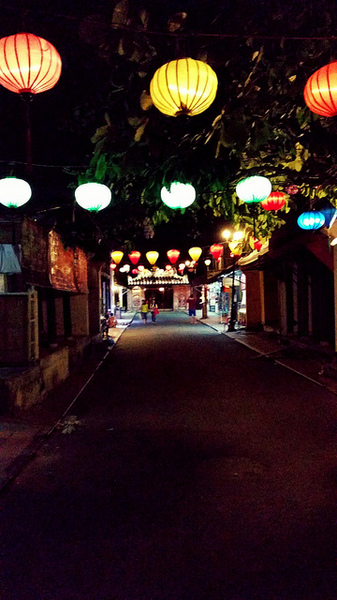
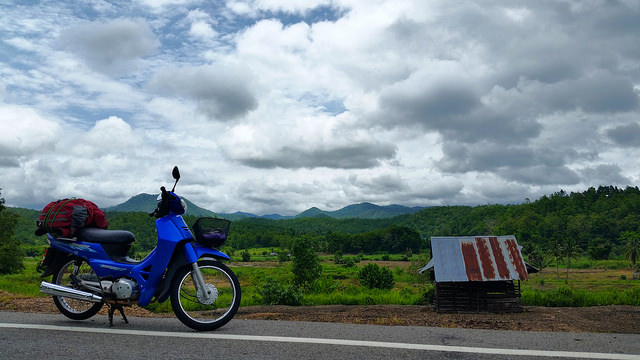
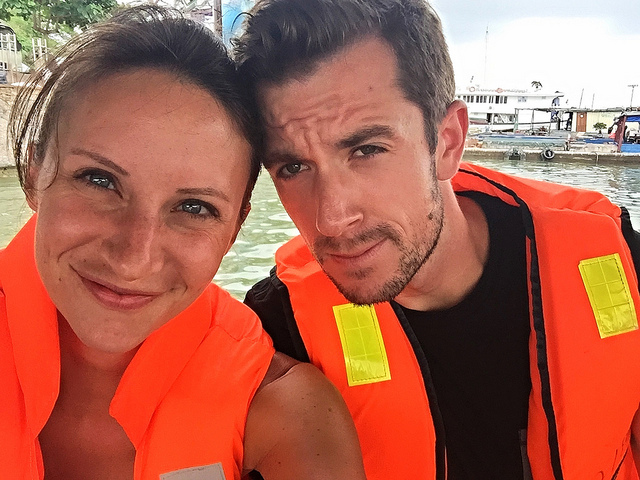

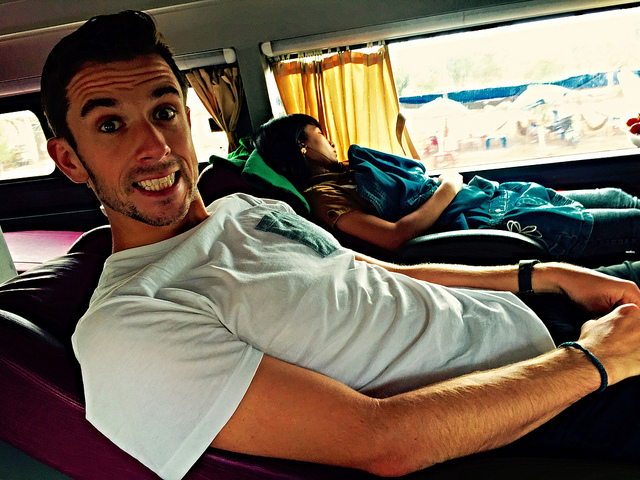
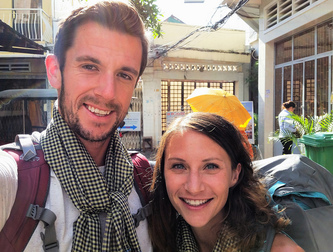
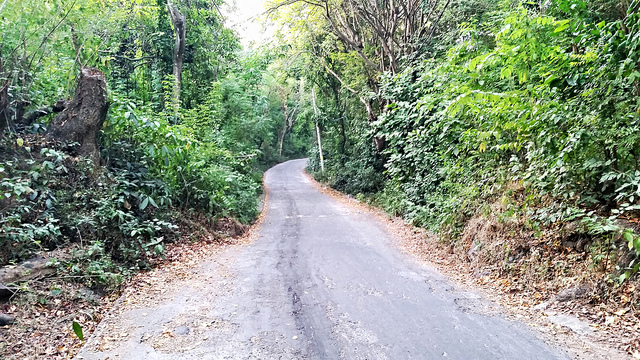
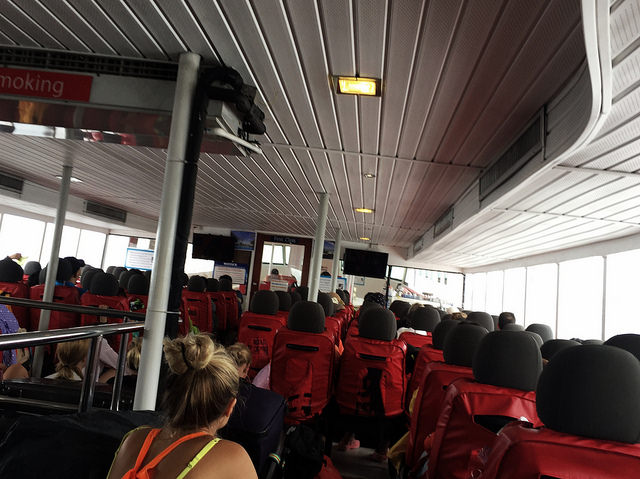
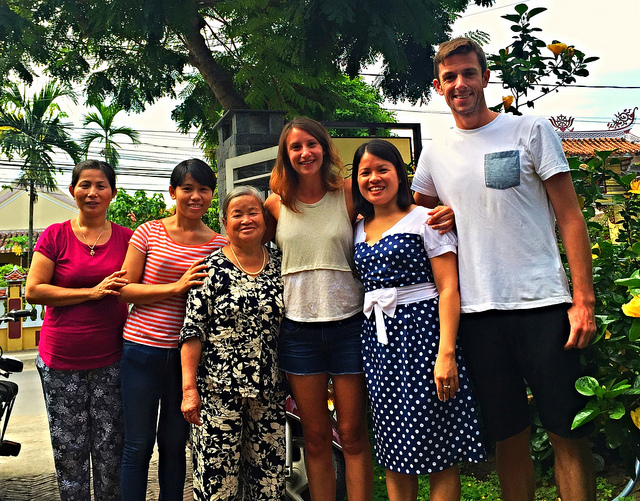
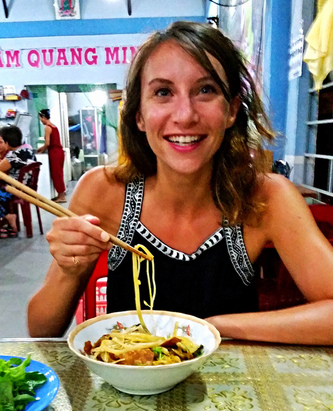
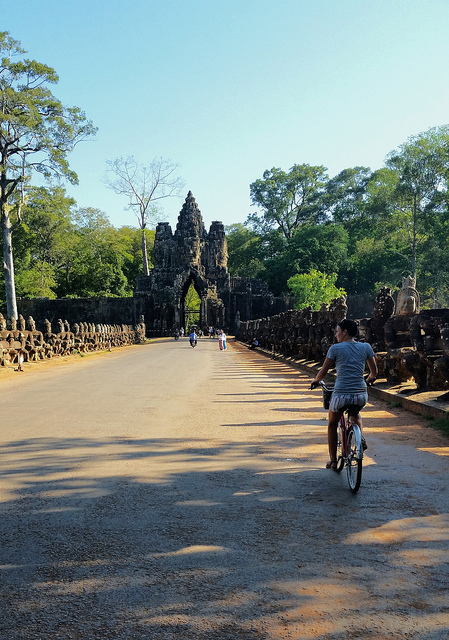
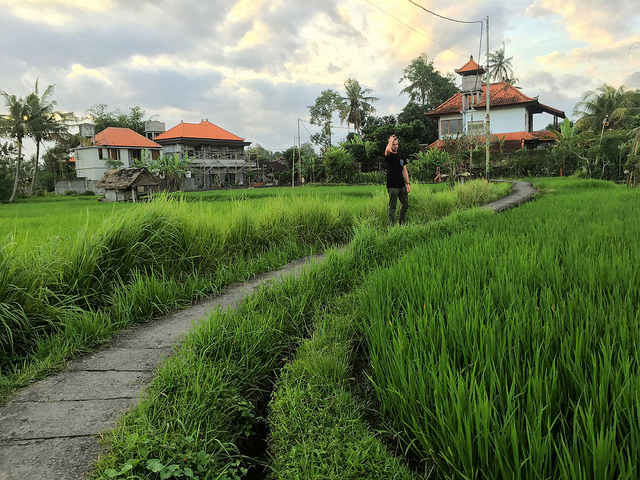
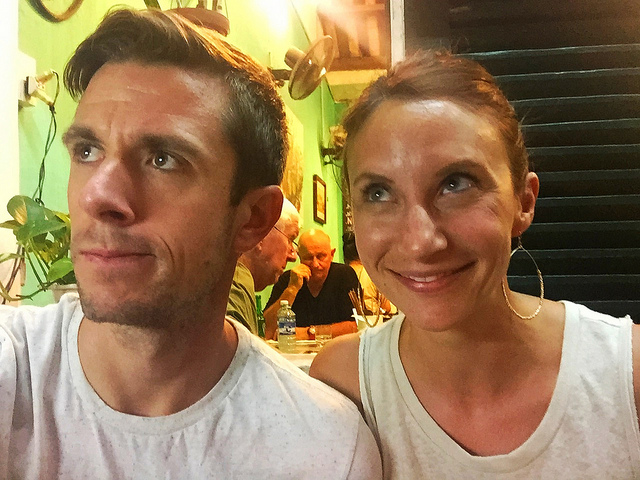
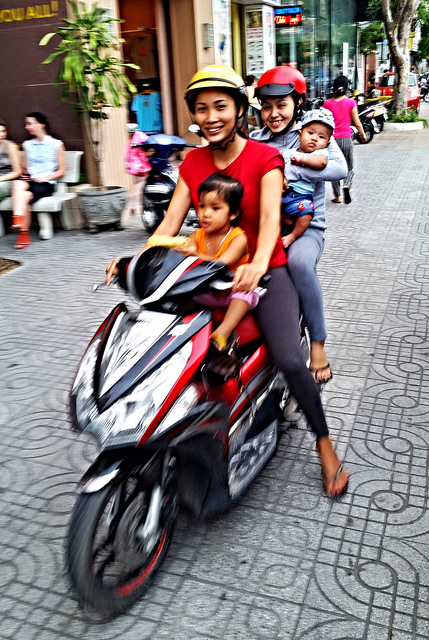
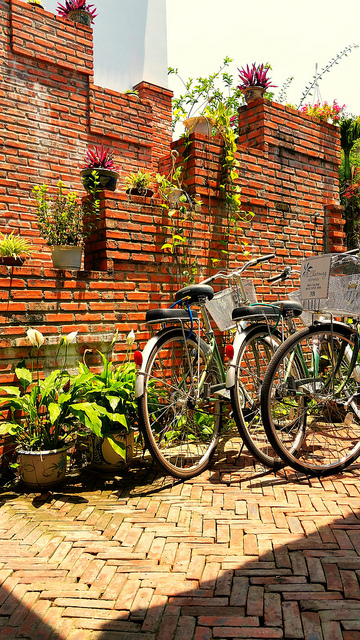

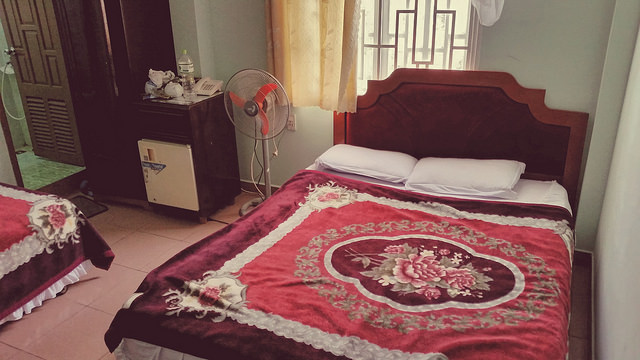
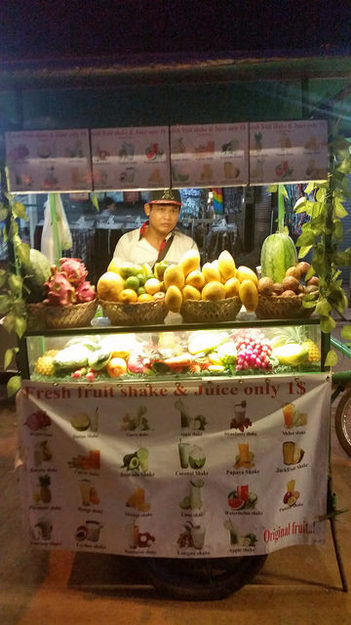
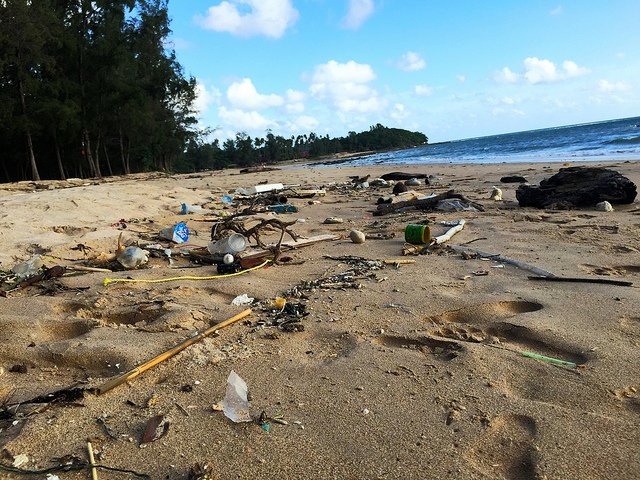
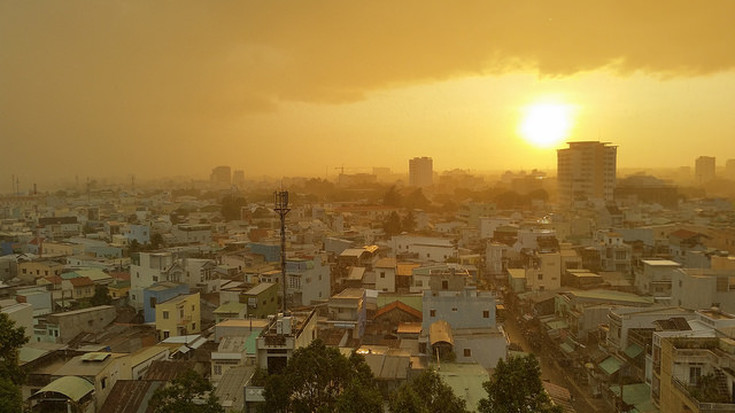
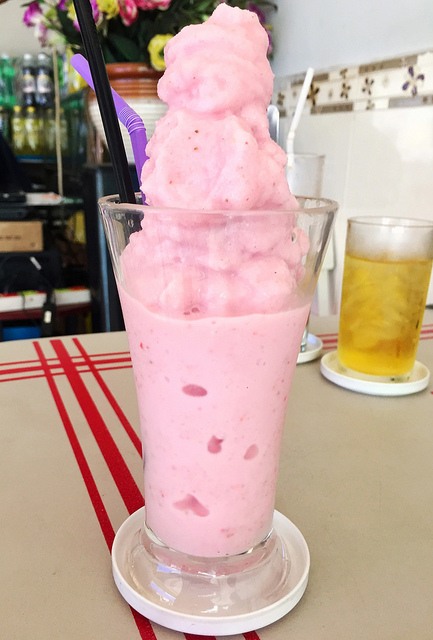
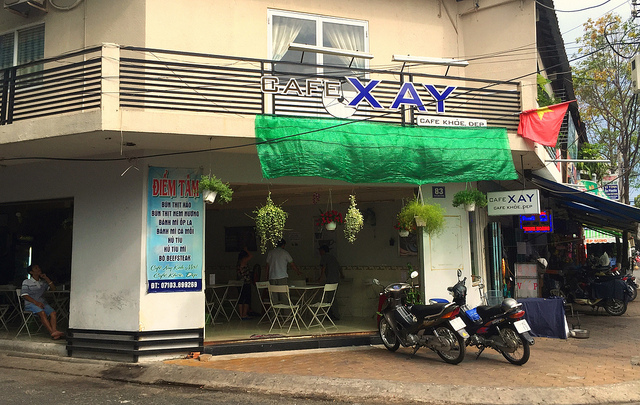
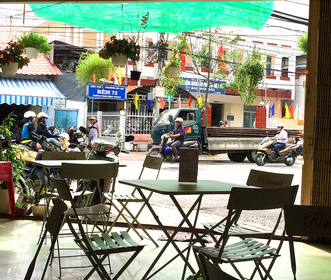
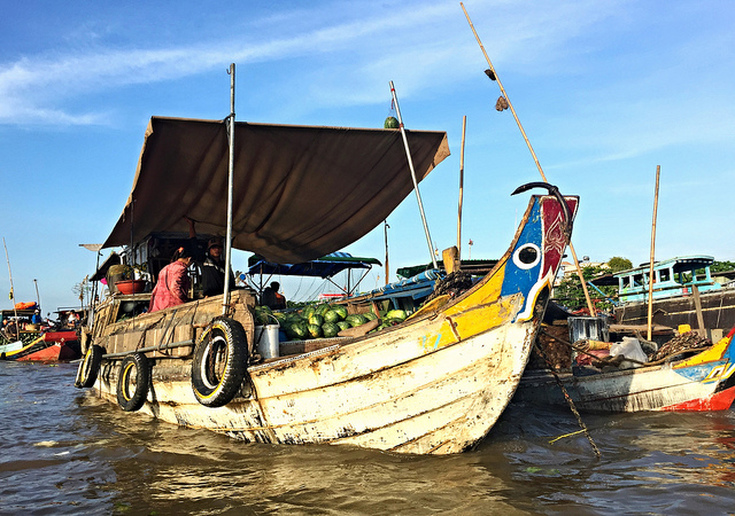
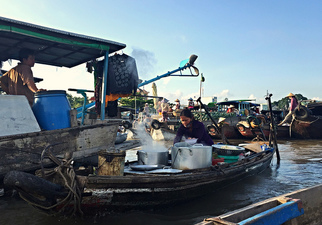
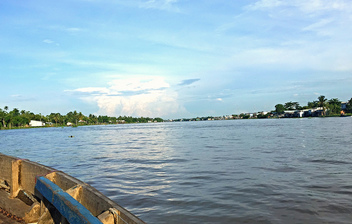
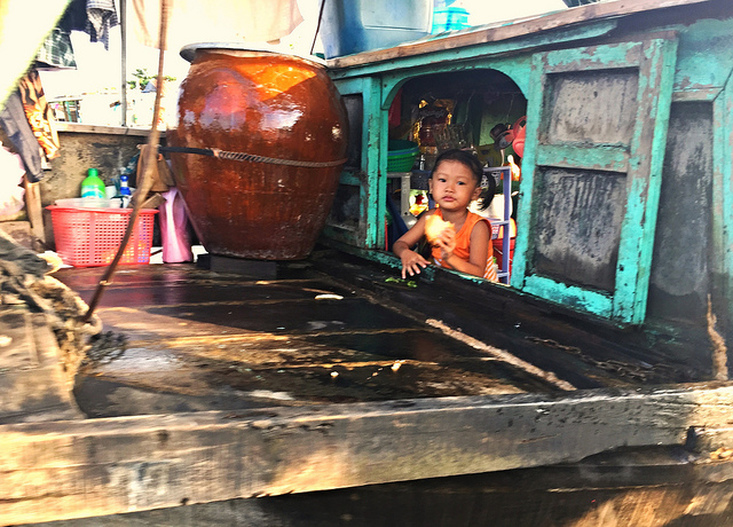
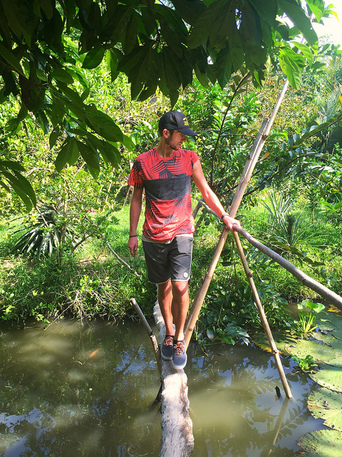
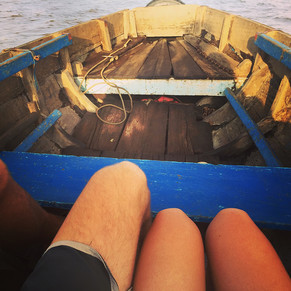
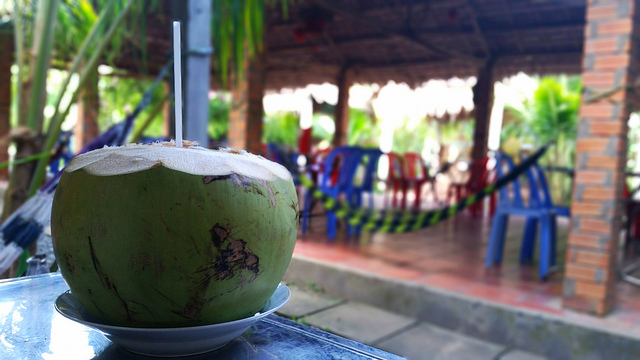
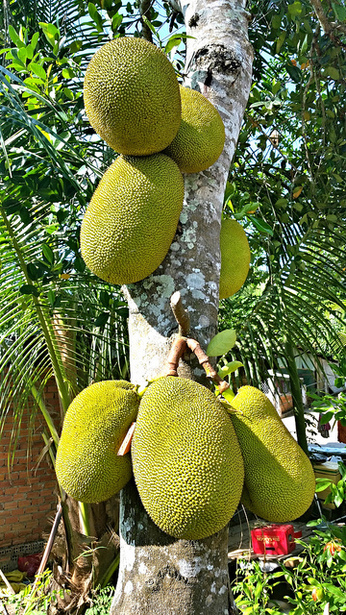
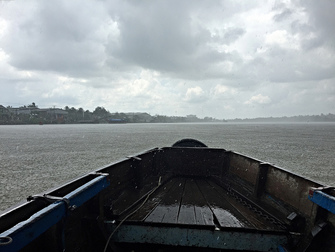
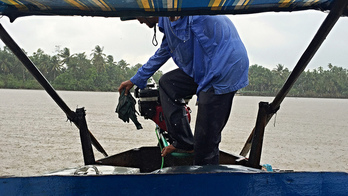
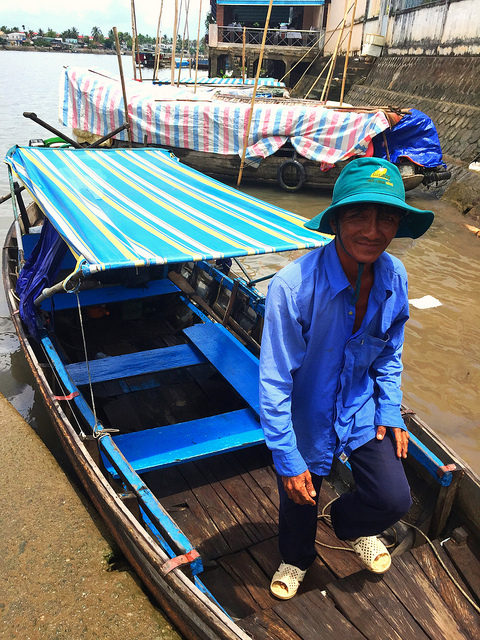
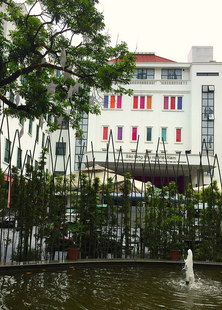
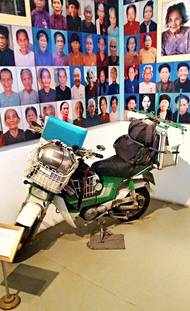
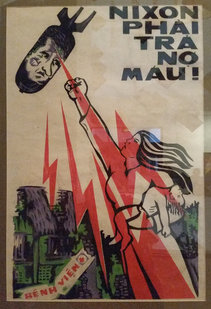
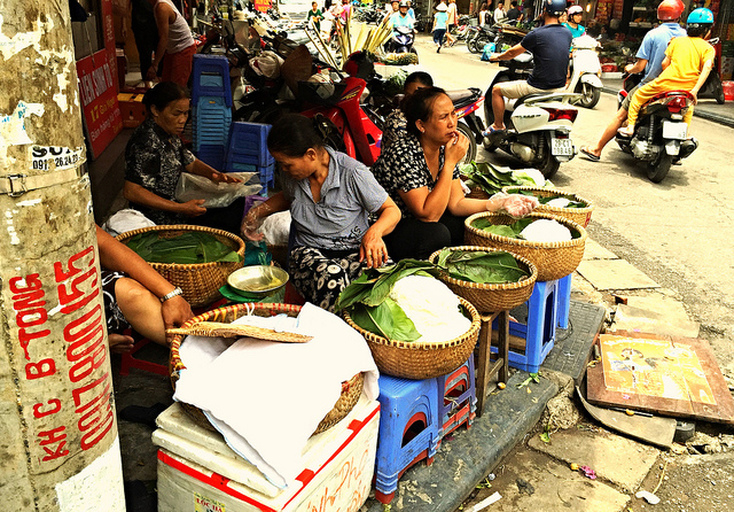
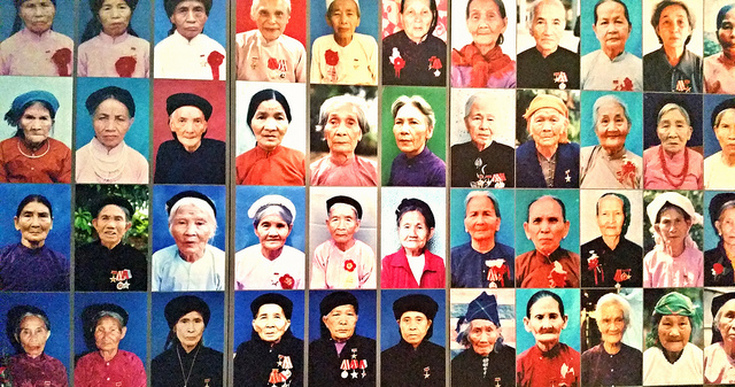
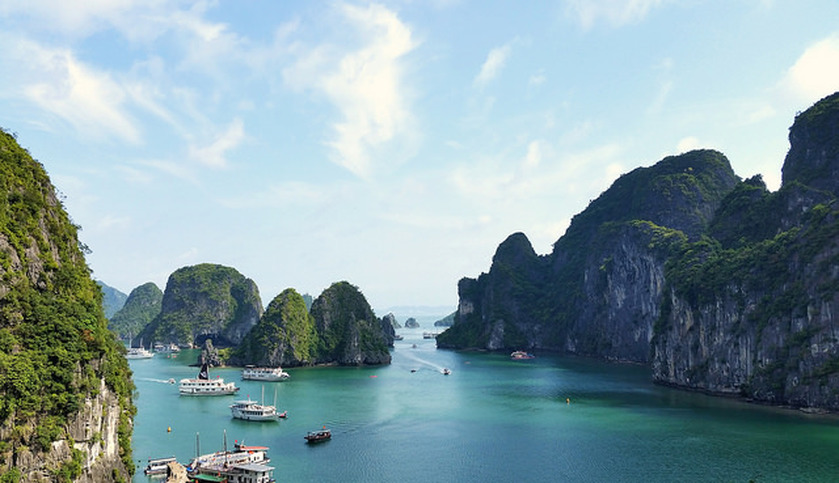
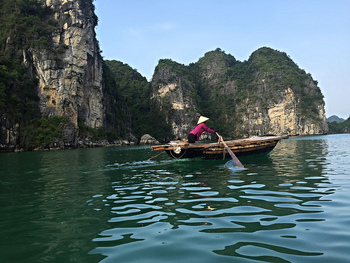
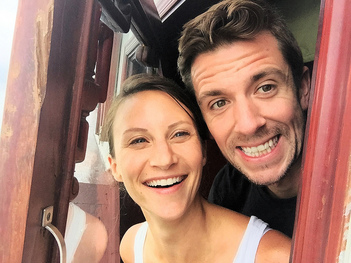
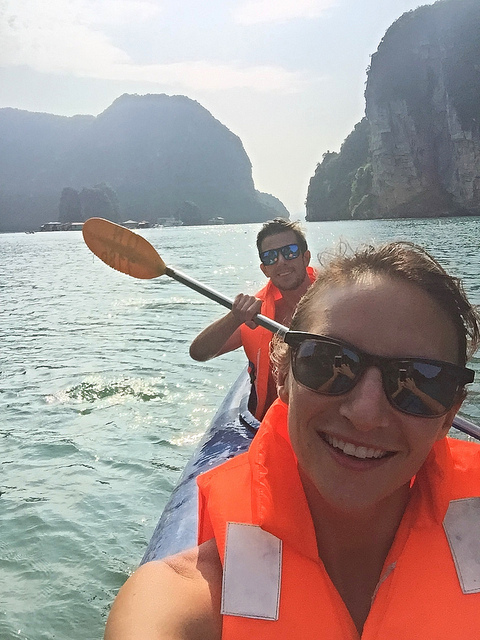
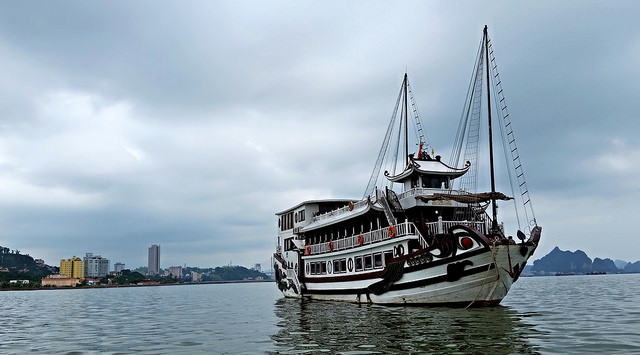
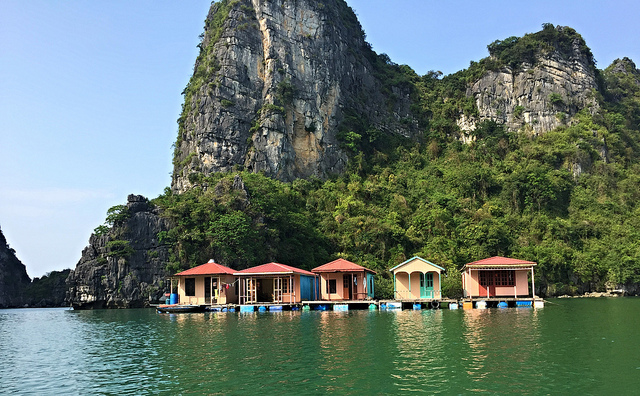
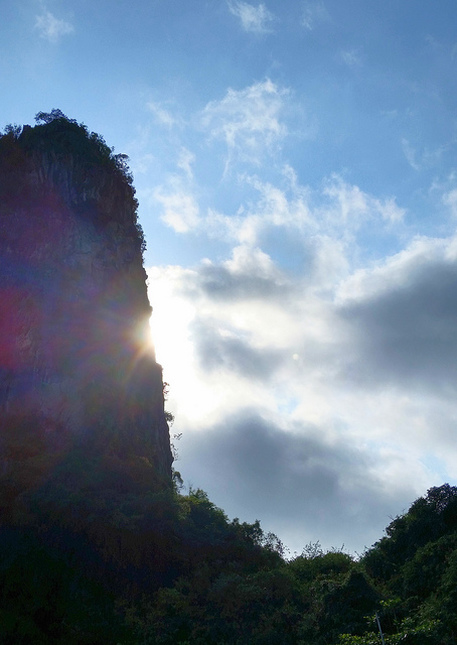
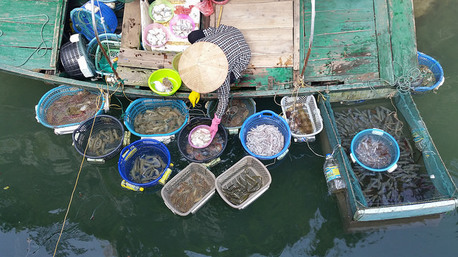
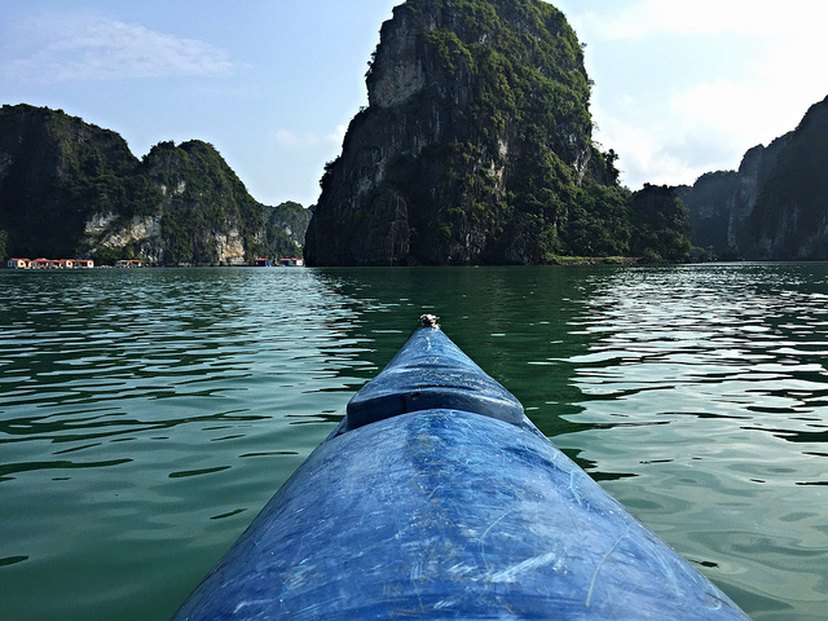
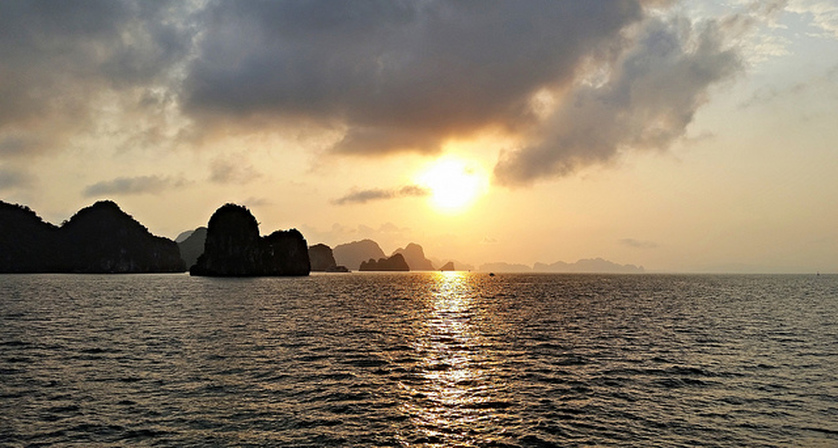
 RSS Feed
RSS Feed
